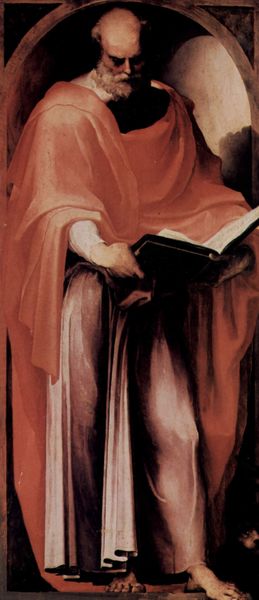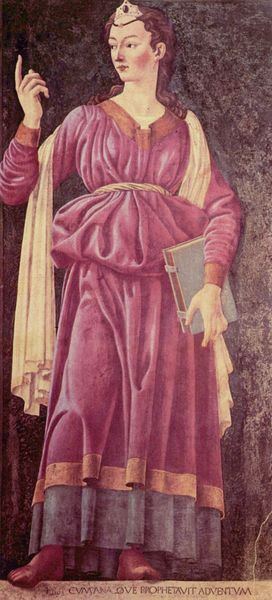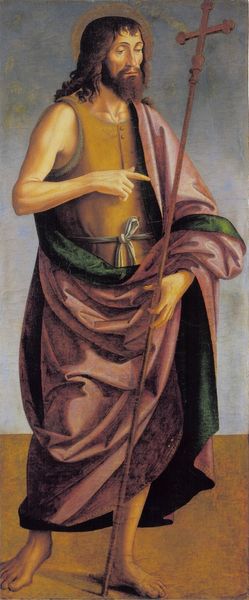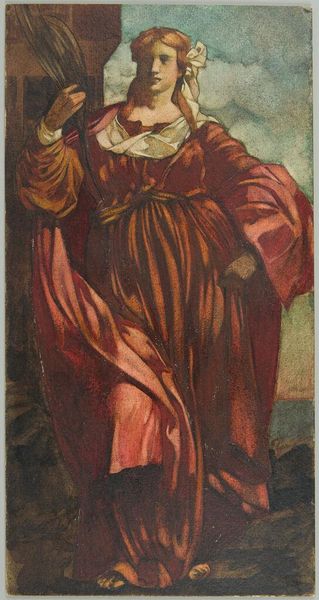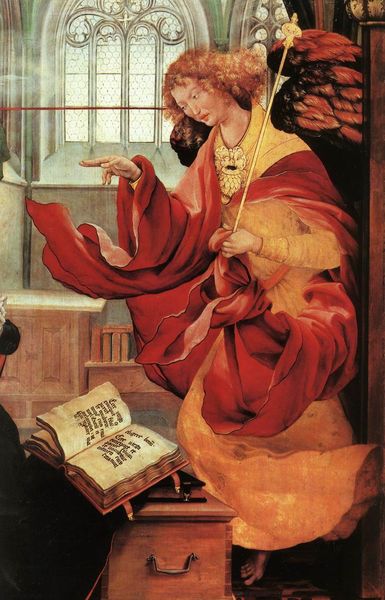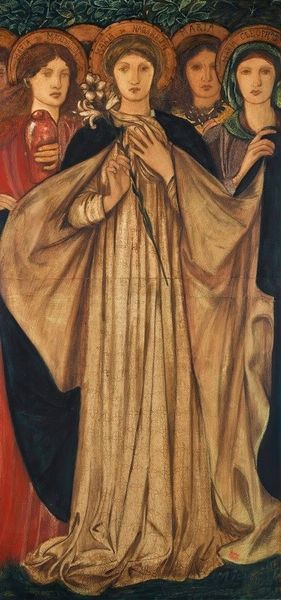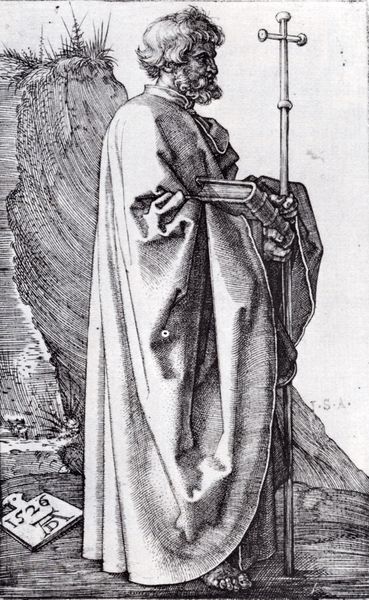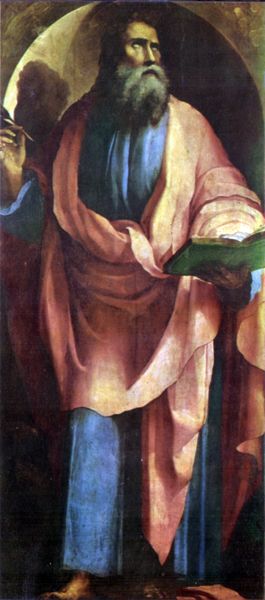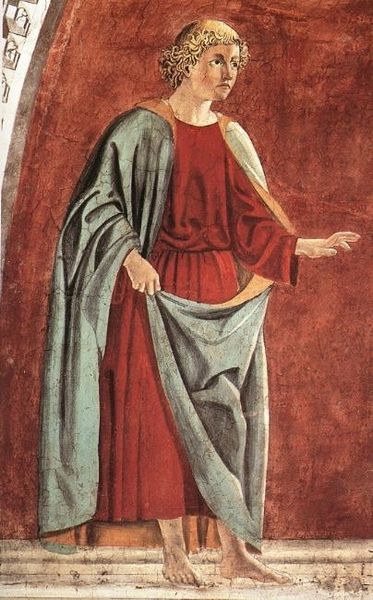
tempera, painting, oil-paint
#
portrait
#
tempera
#
painting
#
oil-paint
#
figuration
#
oil painting
#
christianity
#
history-painting
#
italian-renaissance
Dimensions: 136 x 39 cm
Copyright: Public domain
Editor: So, this is Carlo Crivelli’s “Saint John the Baptist” from 1473, made with tempera and oil on panel. It’s striking how gaunt he looks, but his robes are quite elaborate. What do you make of the overall impression this gives? Curator: Crivelli was working during a fascinating period. Look at how this painting, initially designed for private devotion, navigates public perceptions of piety and the image. Notice the intense detail, the linear style. How do you think that impacts its devotional purpose? Editor: I guess it makes him seem more serious, more like a proper saint. But were these kinds of paintings accessible to the average person back then? Curator: That’s key. Art wasn't democratized as it is now. Religious orders and wealthy patrons commissioned these works to project an image of power, influence, and even control over narratives of faith. Does John's appearance, then, align with your assumptions about wealth? Editor: Not really. He looks quite ascetic, especially for such an ornate piece. Curator: Exactly. And that tension, between opulent style and the saint's self-denial, says much about the social functions of art. It's meant to inspire and impress simultaneously. Who does that benefit? Editor: I see, the wealthy patrons! It's like they're reminding everyone, through art, of their power. Curator: Precisely. Think about where paintings like this would have been displayed. The very placement dictated how it was viewed, interpreted, and its effect on social relations. What does thinking about context reveal here? Editor: That even religious art wasn't just about faith, but also about power and class. Thanks, I wouldn't have picked up on all that on my own! Curator: And I, in turn, am struck by how easily assumptions about 'sacred art' need challenging by considering who really got to define, commission, and own them.
Comments
No comments
Be the first to comment and join the conversation on the ultimate creative platform.


